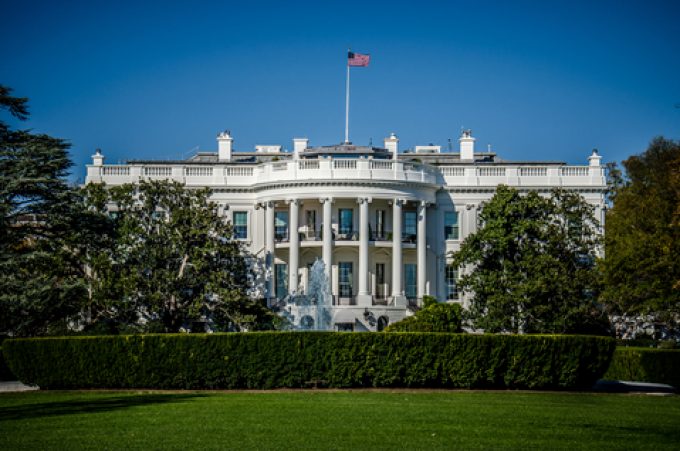Foxconn expands its footprint in India, as shippers are lured from China
India’s position as an attractive, viable manufacturing centre seems to be strengthening, as global manufacturers ...

The Biden administration has elevated supply chain resilience to a fundamental strategic concern for the US, and last week announced a raft of measures which elevated it to the top tier of government and saw the creation of new bodies to anchor the effort.
Supply chain ...

Comment on this article
Hugh Cutler
December 11, 2023 at 2:59 pmI am from the government and here to help, maybe by 2025…..